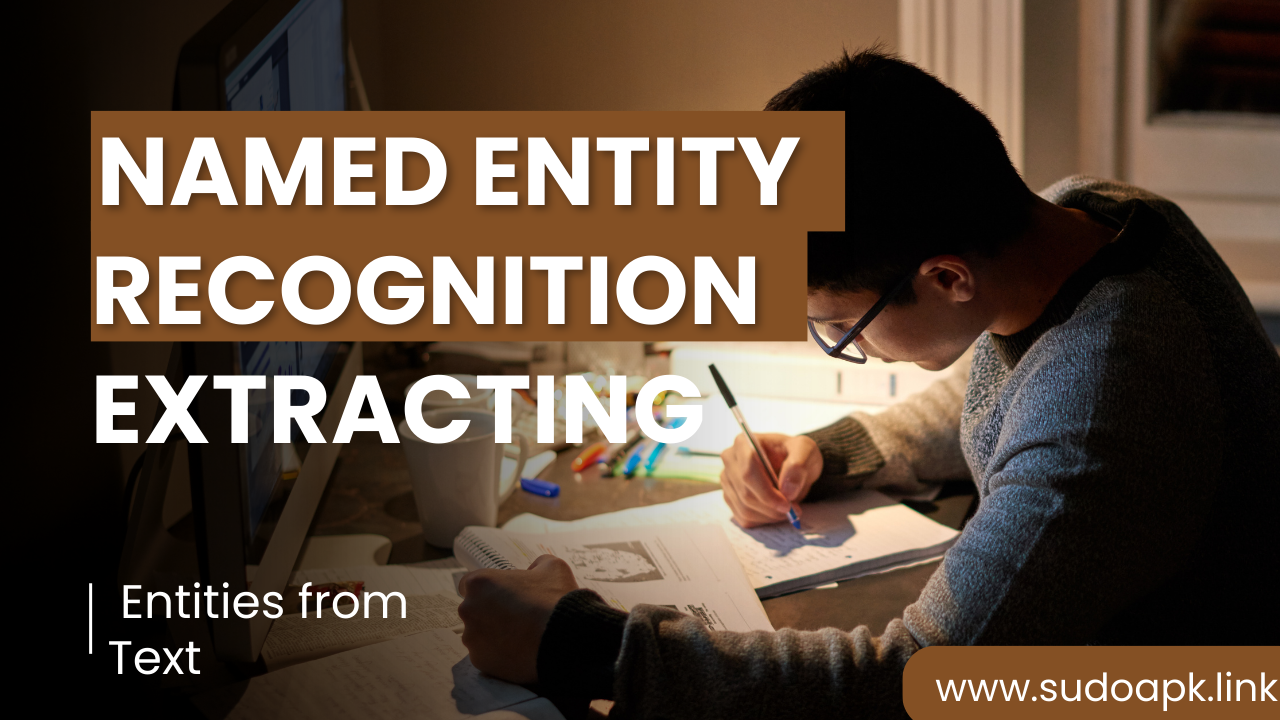

Named Entity Recognition: Extracting Entities from Text
Named entity recognition (NER) refers to identifying and categorizing key atomic elements in text into predefined types such as persons, organizations, locations, medical codes, quantities, monetary values, etc. NER converts unstructured text into structured data enabling better search, analytics and knowledge management.
In this comprehensive guide, we will cover the key concepts in building NER systems, popular techniques, challenges, applications and future outlook of this crucial capability that unlocks structure within language.
Introduction to Named Entity Recognition (NER)
NER serves as a fundamental technology to extract usable information from unstructured or semi-structured natural language data like articles, reports, social posts, electronic health records, legal contracts etc. by scanning for mentions of entities using NLP.
For instance, consider the following sample sentence:
"[John] visited [London] last fall and gave a talk at the [University of Cambridge]".
NER analysis will identify and tag three key entities within it:
- [John] - Person
- [London] - Location
- [University of Cambridge] - Organization
Such annotation when done at scale helps build metadata allowing complex querying, conditional aggregations, linking entities into knowledge graphs and improved search - both by humans and downstream analytics systems.
We will explore common methodology now.
NER Methodology
NER solutions rely on supervised, semi-supervised and unsupervised techniques:
Rule-based Systems
Rules for patterns, grammar constructs, dictionaries, etc. specified by experts earlier comprised NER but remained brittle.
Machine Learning Classifiers
Models like hidden Markov models, maximum entropy and conditional random fields leverage linguistic features like part-of-speech, capitalization, word prefixes/suffixes and context as input signals for sequential learning to statistically boost accuracy.
Deep Neural Networks
Greater context and generalization comes through word embeddings learned end-to-end by neural networks using CNN, RNN and transformer architectures trained on vast corpus without needing manually engineering features.
This combination of classical linguistics, statistical models and deep learning deliver robust NER functionality. But several challenges remain which we will analyze next.
Challenges in Building NER Systems
Performant and versatile NER necessitates addressing chief issues like:
Entity Ambiguity - Chemistry or Brand?
Surface form alone causes entity term ambiguity e.g. "Apple" can mean fruit or tech company based on modifiers and context. This impacts disambiguation accuracy. Global features help.
Nested Mentions - constituents?
Complex entities get expressed through nested mentions e.g. [[President [USA]]]. Multi-turn context modeling using hierarchical networks helps recognize such compositional entities accurately.
Multilingual Entities
Cross-linguality understanding is vital for global systems. Joint encoding methods using shared label spaces across languages counter vocabulary variation issues aiding polyglot entity extraction especially for closely related languages.
Emerging Entities - Ukraine war?
Trend tracking necessitates adding descriptors dynamically e.g. public figures gaining prominence. This continuous learning constraint needs customized handling of novel entities.
Despite robust solutions today, some intricacies persist requiring hybrid techniques. The use cases however reveal indispensable value creation from NER adoption.
High-Value Applications of NER
Named entity recognition markedly boosts analytics in domains like:
Business Intelligence
Competitor monitoring, supply chain insights, financial document processing and investment research leverages automatied entity extraction including nested hierarchies. Enables market advantage.
Legal and Regulatory Compliance
Contract analytics, financial transaction monitoring, policy research and investigative audits rely on accurate entities, events and timestamps tagging. Improves transparency.
Healthcare Informatics
Patient diagnosis metadata, medical lexicon mapping, health records analysis and biomedical research rely on medical entities co-reference even across misspellings and abbreviations that NER provides through terminology lexicons.
Digital Humanities Research
Public knowledge mining, anthropological pattern finding and linguistic evolution tracking gets powered by entity-based text structure analysis including semantic relationships between entities using knowledge graphs.
Conversational AI
Task-oriented dialog managers for personalized recommendation, customer support and voice assistants use NER on user utterances to disambiguate intent, gather salient entities and formulate responses. Boosts context.
The scalable creation of structured data from documents where bulk of information resides unlocks game-changing possibilities for search, automation and multi-modal analytics. Recent advances also widen future frontiers as we will highlight next.
The Road Ahead for Named Entity Recognition
Several technology trends redefine the scope and scale of NER adoption:
Non-Text Modalities
Image captioning and scene description for videos using computer vision transfer learning provides additional NER signals from multimedia augmenting accuracy.
Web-Scale Foundation Models
Large language models like GPT-3 train on vast text corpus from Wikipedia, news, books, etc. allowing easy transfer learning for new entity types and niche domains enabling highly accurate and quick custom NER without extensive new data needs.
Graph-Based Relational Learning
Joint entity, hierarchy and relationship modeling using knowledge graphs provides superior disambiguation capabilities while aiding emergent entity identification through relational inference between known and novel concepts.
Responsible AI for Redressal
Explainable NER and ability to fix incorrect entity linking without retraining entire models facilitates continuous enhancement upholding transparency standards vital for human oversight over automation.
In summary, these breakthroughs expand NER's scope across structured and unstructured data in responsible ways to serve emerging analytics needs for global industry applications via continuous learning.
Key Takeaways on Named Entity Recognition
- It structurizes free text to extract key elements like people, organizations, locations, medical codes, etc easing search, analytics and data interoperability.
- Rule-based systems, classical ML models and current deep learning methods address NER robustness from different perspectives in a hybrid approach.
- Hierarchical modeling and knowledge graph techniques counter challenges around compositional entities, ambiguity and relational learning.
- Applications span conversational AI, business intelligence, drug discovery, contract analytics and socio-historical research among many others.
- Advances in foundation models, computer vision and graph representation learning expand adoption frontiers.
In summary, NER augments language understanding to unlock structured data from documents at an indispensable scale for driving automation and providing oversight through entity audit trails. We hope this guide offered useful frameworks to apply NER in your domain.
Frequently Asked Questions on NER
Q: What is the difference between NER and entity linking in NLP?
NER involves detecting entity occurrence within text and assigning a coarse tag like person, organization etc. Entity linking maps detected entities to a canonical ID within knowledge bases like Wikidata enabling unique global entity resolution.
Q: How do NER systems handle previously unseen entities?
Unsupervised techniques help discover novel entities through analysis like capitalization, context keyterms and semantic similarity to known entities. Human-in-the-loop functions further aid verification and linking.
Q: What metrics evaluate NER system performance?
Tagging accuracy, precision, recall and F1 scores quantify NER correctness at scale. More rigorous analysis examines ambiguity rates, emerging entity inclusion and relational learning quality through knowledge graph coherence.
Q: Why are transformer models preferred for NER tasks?
Their self-attention mechanism builds contextual representations capturing both local and global semantics across lengthy documents which aids complex entity resolution unlike CNNs and RNNs. Pre-training benefits transfer learning.
Q: How can blockchain improve NER for contracts?
Smart contracts metadata created via NER allows automated execution. But data transparency improves compliance safety. Anonymized extracts from privacy-preserving NER on blockchain transactions enables auditable analytics.
In summary, named entity recognition remains a pivotal capability within NLP to structure language data driving automation everywhere from search to recommendations. Advancing this capability balances convenience with oversight across tech-mediated decisions.
Popular articles
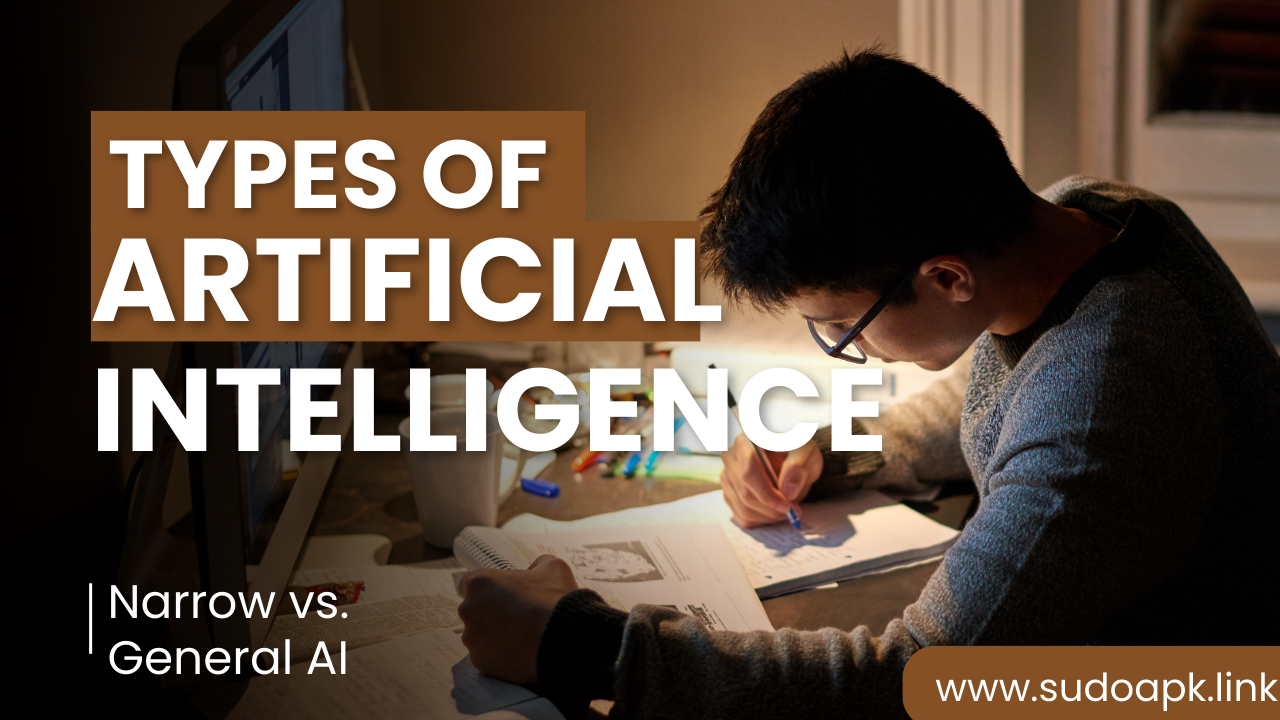
Dec 31, 2023 07:04 AM
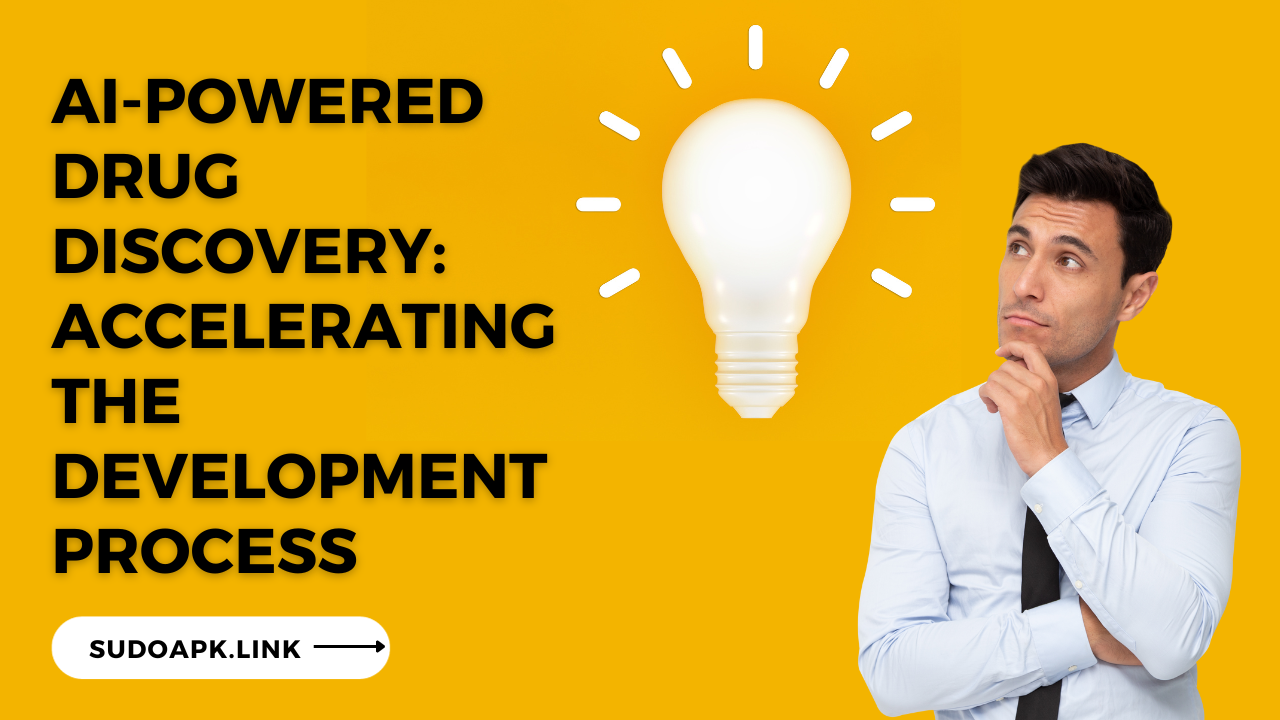
Jan 06, 2024 06:56 AM
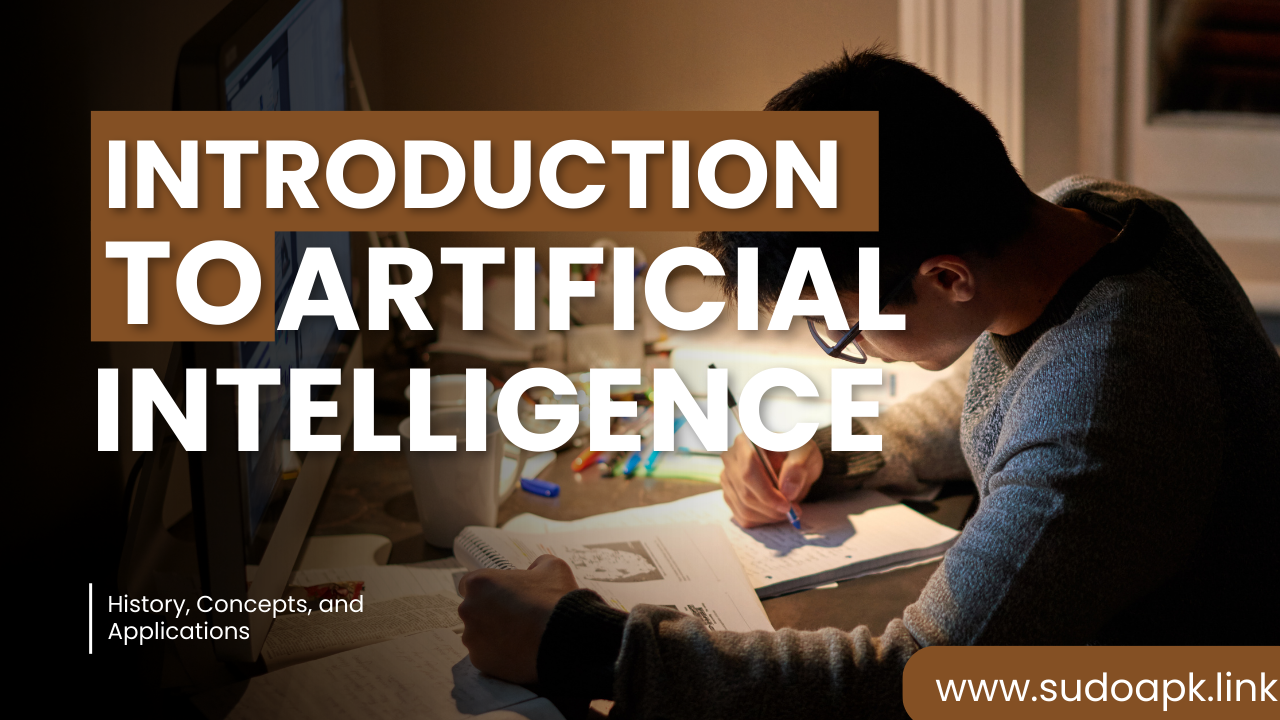
Dec 31, 2023 06:48 AM
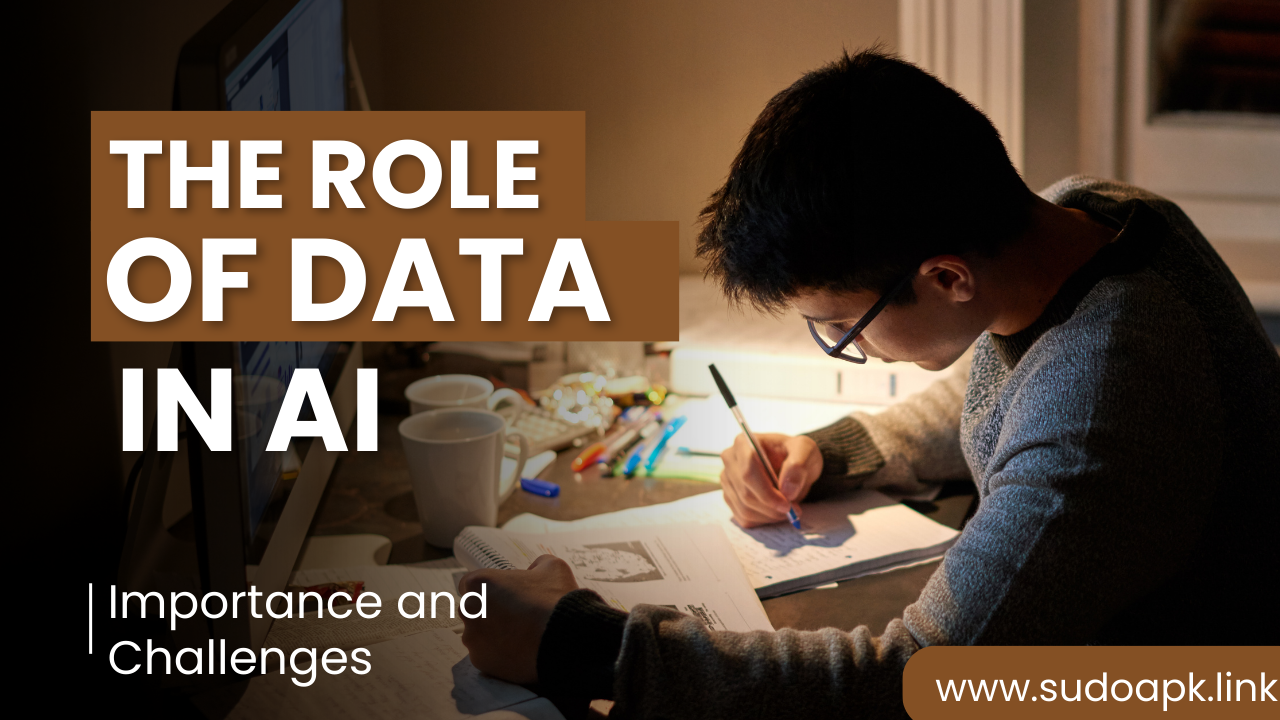
Dec 31, 2023 07:22 AM
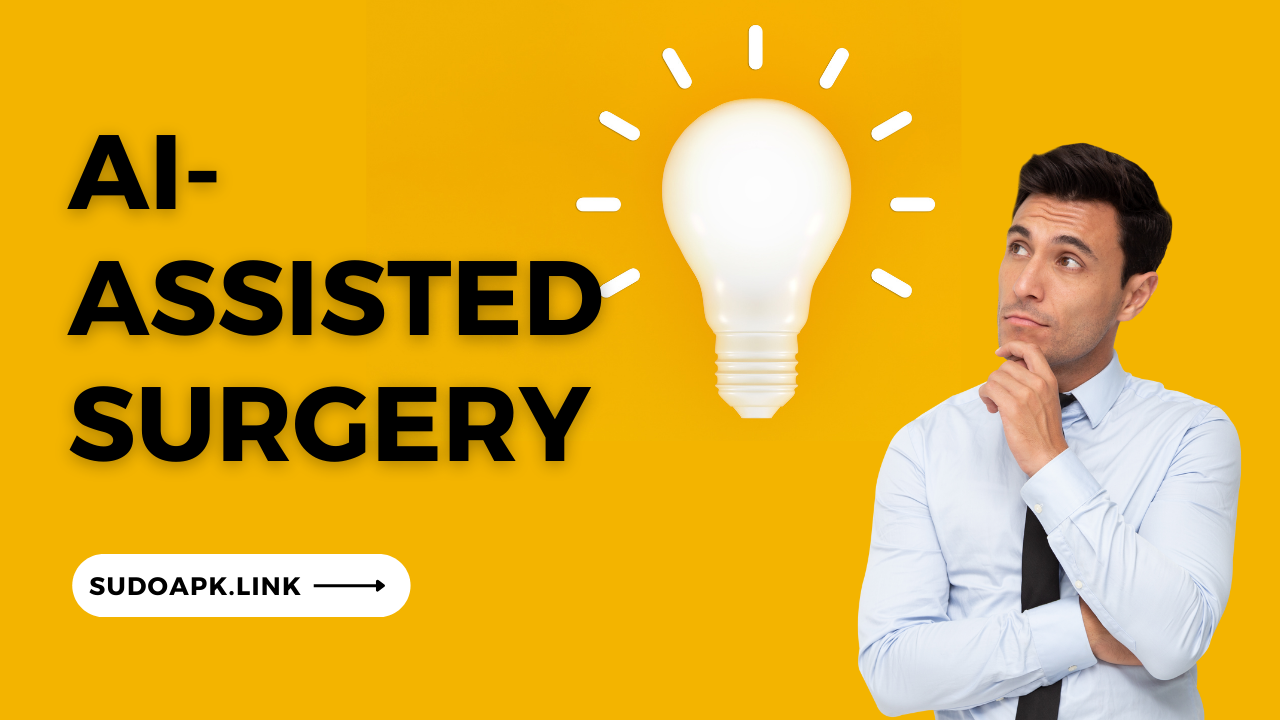
Jan 01, 2024 09:54 PM
Comments (0)